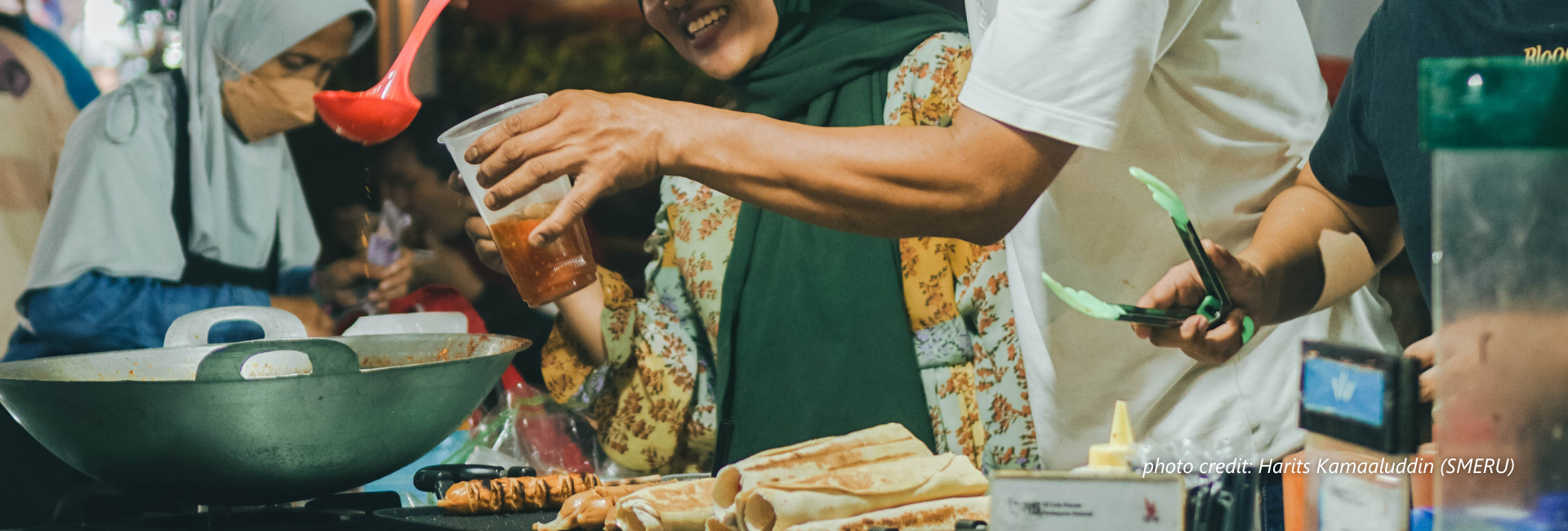In this study, we use a rich household longitudinal data set from Indonesia that spans 19 years, from 1996 to 2014, to examine the livelihood of informal workers. The data also allow us to differentiate between low-tier and high-tier informal and formal workers. Finally, the data span a period in which Indonesia grew from a low-income to a middle-income country. Thus, we were able to examine changes in the proportion of low-tier informal workers as an economy grows. In particular, we address the following research questions:
- What is the proportion of individuals whose first job is low-tier informal compared with those whose first job is high-tier informal, low-tier formal, or high-tier formal? What are the characteristics of individuals whose first job is low-tier informal compared with those whose first job is high-tier informal or formal?
- Has (1) changed over two decades as Indonesia has become a middleincome country?
- Among individuals whose first job was low-tier informal, what is the proportion of those who switch to other job types? Is the switch permanent or temporary? Does the path from low-tier informal to formal always go through high-tier informal? What are the characteristics of the individuals who managed to switch?
- What is the earnings premium of switching to either high-tier informal, low-tier formal, or high-tier formal jobs relative to staying in low-tier informal jobs?
Research Area
National
Research Topic
Keywords
earnings premium
Indonesia
informal sector
long-term outcomes
Publication Type
Book and Book Chapter
URL (Open Access)



